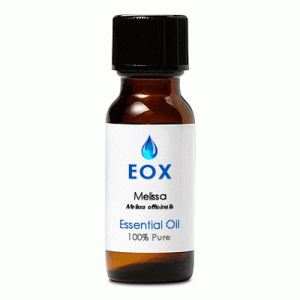|
Characteristics:
A pale yellow liquid with a light, fresh, lemony scent. It blends
well with lavender, geranium, florals, and citrus oils.
Principal Constituents:
These are naturally occuring in the essential oil.
- citranellal
- geranial
- neral
- citronellol
- caryophyllene
- caryophyllene oxide
- linalool
- limonene
General Actions:

 Open Symbols Key
Open Symbols Key
Antidepressant, antihistaminic, antispasmodic, bactericidal, carminative, cordial, diaphoretic, emmenagogue, febrifuge, hypertensive, insect-repellent, nervine,
sedative, stomachic, sudorific, tonic, uterine, vermifuge.
Safety:
Non-toxic. Possible sensitization and dermal irritation. Use in low dilutions topically.
Primary Therapy Agent:
Allergies, insect bites, insect repellent, asthma, bronchitis, chronic coughs, colic, indigestion, nausea, menstrual problems, anxiety, depression, hypertension,
insomnia, migraine, nervous tension, shock and vertigo.
Secondary Therapy Agent:
Used extensively as a fragrance component in toiletries, cosmetics and perfumes. Employed in most major food categories including
alcoholic and soft drink industries.
Important Note:
The information on Florapathics.com is
only provided for educational purposes, and further research should be done
on each essential oil to be assured of its proper usage for each individual.
Aromatherapy is not meant to be a replacement for care under a qualified
health professional, but should be considered a complimentary modality.
|






